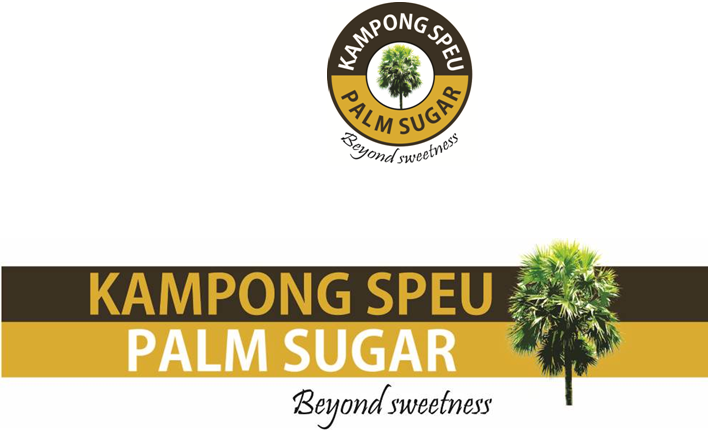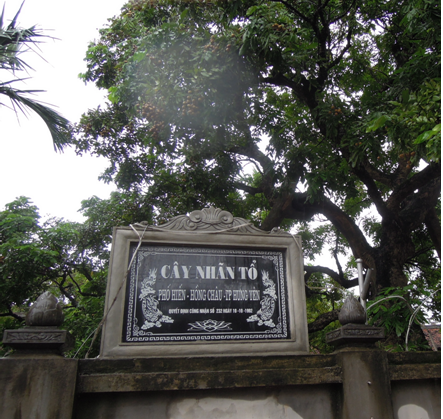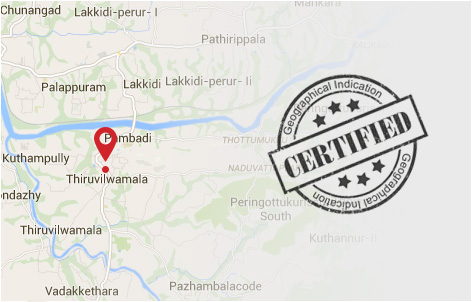On December 28, 2016, the National Office of Intellectual Property of Vietnam issued Decision No. 5065/QĐ/SHTT to grant the Geographical Indication Certificate No. 00054 for the famous Kampot pepper product. For Kampot pepper is protected the in Cambodia.
Kampot is the name of a region in Cambodia. Kampot pepper was mentioned in reports from Chinese explorer Tchéou Ta Kouan in the 13th Century. From the 19th Century to the first half of 20th Century was the golden age of Kampot pepper. Kampot pepper product was not only well-knowned in Cambodia but also in foreign countries such as France. It is regarded as a high quality pepper by chefs in France and Europe.
Kampot pepper can be produced in the following types: Black pepper, full berry; Red pepper, full berry; White pepper, full berry; Green pepper, full berry or cluster; Ground black pepper.
Property and quality of the different types of Kampot pepper are described as following:
Black pepper:
-Form: Dried berry
-Diameter & Density: Ø ≥ 4 mm; Density ≥ 570 g/l.
-Color: Dark black, black, brown black or grey black. It has no color of soil, dust and mold. The receptacle is less than 5%.
-Smell: The smell is medium hot. After grinding, the smell of powder pepper is very hot and long.
-Other: Tolerance is maximum 5% for the size of berries and less than 2% for the color.
Red pepper:
-Form: Dried berry
-Diameter & Density: Ø ≥ 4 mm; Density ≥ 570 g/l.
-Color: Brown red or dark red. It has no color of soil, dust and mold. The receptacle is less than 1%.
-Smell: The smell is medium hot. After grinding, the smell of powder pepper is very hot and long.
White pepper:
-Form: Dried berry
-Diameter & Density: Ø ≥ 3 mm; Density ≥ 600 g/l.
-Color: Grey white with little yellow or color of soybean husk. It is natural color that does not add anything to change. It has no color of soil, dust and mold.
-Smell: The smell is medium hot. After grinding, the smell of powder pepper is very hot and long.
Green pepper:
-Form: Cluster of fresh berries or soaked in salt/vinegar.
-Diameter & Density: Each cluster has at least 10 berries; Ø ≥ 3 mm.
-Color: Fresh berry is dark green; color of soaked berry is still green and it can’t be changed to brown or black.
-Smell: Smell of the cluster of fresh berries is the same smell of herbal green pepper, it is not hot. When pepper is ground, its smell is very hot but easy to lose. It has no smell of dust and mold.
Black pepper powder:
-Form: Small pieces of ground black pepper
-Diameter & Density: It is the powder but not too fine. It exist small piece that we can see.
-Color: Dark grey and some black points.
-Smell: Smell of pepper is strong and slowly spreads out.
Kampot pepper is known for its quality and property that can’t be imitated thanks to a combination of natural geographic conditions and the only traditional method and the secret is used by Kampot pepper producers.
Because geographical feature located close to the coast, the typical climate of this area is the oceanic climate. Peppers are planted on the hillock or base of the mountain, on gravelly soil or laterite sand, in well drained area and drains are constructed around the land plot, at least 80 cm of depth.
Two varieties which produce the Kampot pepper are Kamchay and Lampong (or Belantoeung). The locals call them respectively as “small leaves” and “big leaves” varieties. Those varieties must be sourced from the delimited geographical indication area of Kampot pepper.
Peppers are planted on small and straight beds. The distance between two rows must not be less than 1.80 meters. A shelter has to be built and installed on the planting area until peppers reach at least 3 years. It is no longer allowed to use brick poles for growing Kampot pepper.
The locals apply fertilizers (only natural fertilizers) at least once a year between mid-May and July. Fertilization is depended on the growers every 4th year. Water is supplied during the dry season (from November to April). The land plot must be supplied with exogenous soil at least once every 2 years if the soil is swept away by flood waters. From June to December, the soil must be hoed to break up. Pests are controlled by natural means before using chemical pesticides in blue and green. The guide on good use of pesticides of the Ministry of Agriculture, Forestry and Fisheries of Cambodia shall be followed.
In harvest time, containers for collecting Kampot pepper should be cleaned with soap or detergent. Pepper is harvested as follows:
-Black and red pepper can be harvested by cluster or berry. The harvest shall start on 1st January and finish by 31st May of the same year when the stems of cluster of berries start turning into yellow and until some berries start being ripe. It is harvested several times during the whole harvesting season.
-Red pepper is produced by a selection of only fully ripe berries either while at the time of the harvest (harvesting by berry) or by sorting the red berries after the harvest is completed.
-White pepper is produced from red or ripe berries. After harvesting, berries are soaked in boiling water within 5 minutes and then soaked in cool water within 48 hours. After that, the husk will be removed in order to get white pepper.
-Green pepper is harvested in dry season and rainy season. Green pepper can be sold and consumed immediately after harvesting. It can be soaked in bittern or vinegar.
The following Process is to remove strange objects from the outside, the berries of other color and all the rest of the tree. For black pepper, the producers must clean gathered pepper or dried pepper and put it in the water within 5 minutes.
Dried pepper is preserved in a ventilated place, away from sunlight and moisture, and not put on the ground.
After harvesting, pepper is dried on nylon, mat or canvas which is placed on the clean and disinfectant cement foundation.
Producers will classify pepper for the last time before packaging. Product is packaged in a new material which is not contaminated, suitable for food and does not react with pepper. The packaging must be done in the delimited geographical indication area.
The expiry date of pepper is as follows:
-Black, red and white pepper: 3 years from the harvest season (no later than 31st May);
-Black pepper powder: 1 year from the date of grinding;
-Green pepper:
Fresh pepper: 7 days from the harvesting date;
Pickled pepper: 1 year from the date of processing;
Geographical area:
-Kampong Trach, Dang Tong, Toeuk Chhou, Chhouk and Kampot city of Kampot province, Cambodia.
-Kep city and Damnak Chang Aeur district of Kep province, Cambodia.
Geographical Indication and International Trade Mark Division
Source: http://www.noip.gov.vn/web/noip/home/en?proxyUrl=/noip/cms_en.nsf/(agntDisplayContent)?OpenAgent&UNID=01EC6BA7E7E6B93447258183000E2DCC















